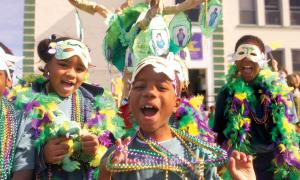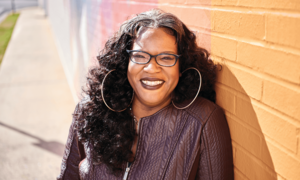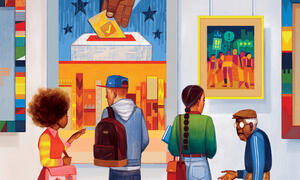article
New Orleans, Texas

One year after Hurricane Katrina, hundreds of thousands of displaced students remain scattered in schools across the nation. In Houston, which has the largest concentration of evacuees, two schools continue helping displaced students adjust to new surroundings -- and honor what was lost or left behind.



